- Homepage
- Key Information
- Students
- Staff
- PGR
- Health and Safety
- Computer Support
- National Student Survey (NSS)
- Intranet Help
Dr Julian Mauricio Londono Monsalve
Research
My research work focuses on experimental testing and nonlinear dynamics of mechanical and aerospace structures. Much of my research interest is on modelling nonlinear vibrations using advanced numerical techniques and on developing reliable and efficient experimental testing methods to capture the dynamic response of components and assemblies of modern lightweight engineering structures behaving nonlinearly.
Vibration-based nonlinear system identification
Hybrid testing and nonlinear systems with time delay
Vibration mitigation and semiactive control
Vibration-based nonlinear system identification
- Development of effective techniques to extract backbone curves from the dynamic response of nonlinear systems, thus enabling their dynamic characterisation [JSV2016].
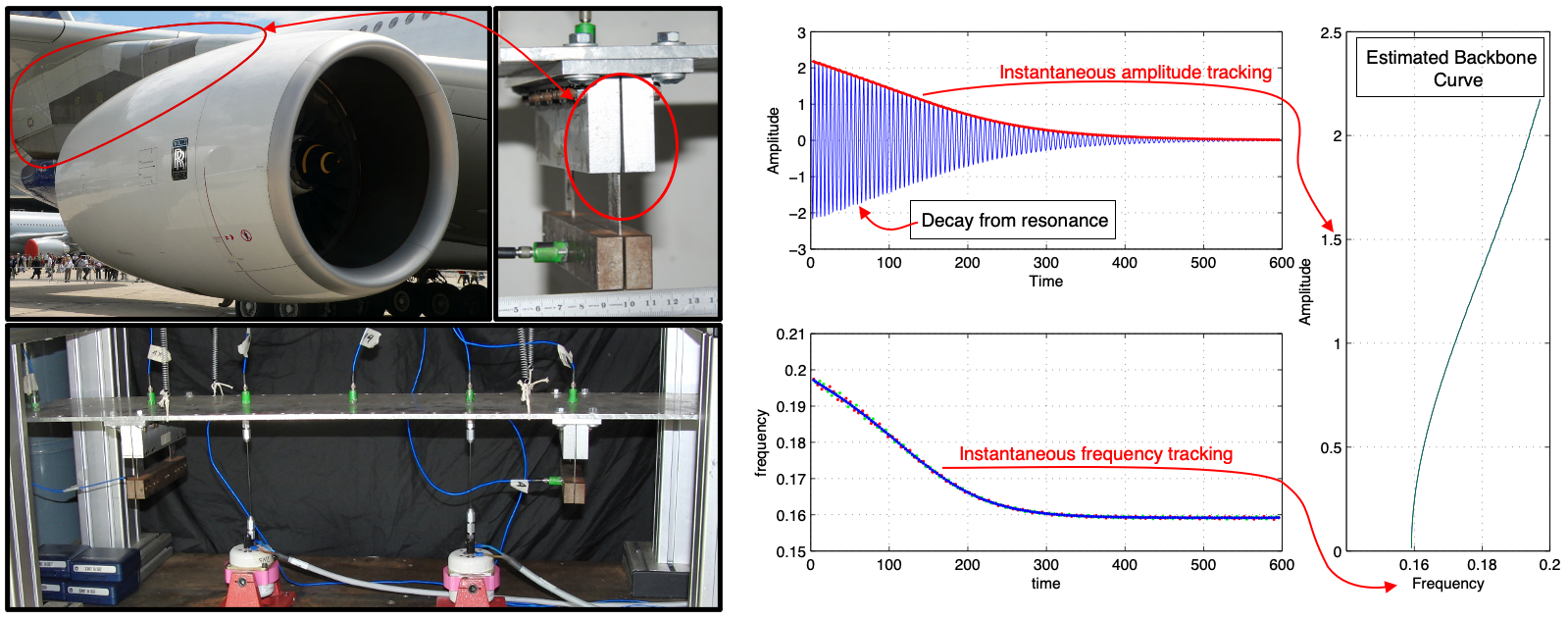
Figure 1. (left) setup of vibration test to study the pylon-engine nonlinear interaction. (right) Backbone curve estimation form the structure decaying response using zero-crossing and DSP tools.
- Developing methodologies for the experimental identification of nonlinear systems based on vibration data from resonance decay responses [MSSP2017]

Figure 2. (left) Experimental identification approach based on backbone curves. (right) Harmonic forced responses of identified system against experimentally measured backbone curves of real structure.
- Experimental identification of nonlinear systems from time domain data directly [JSV2021].
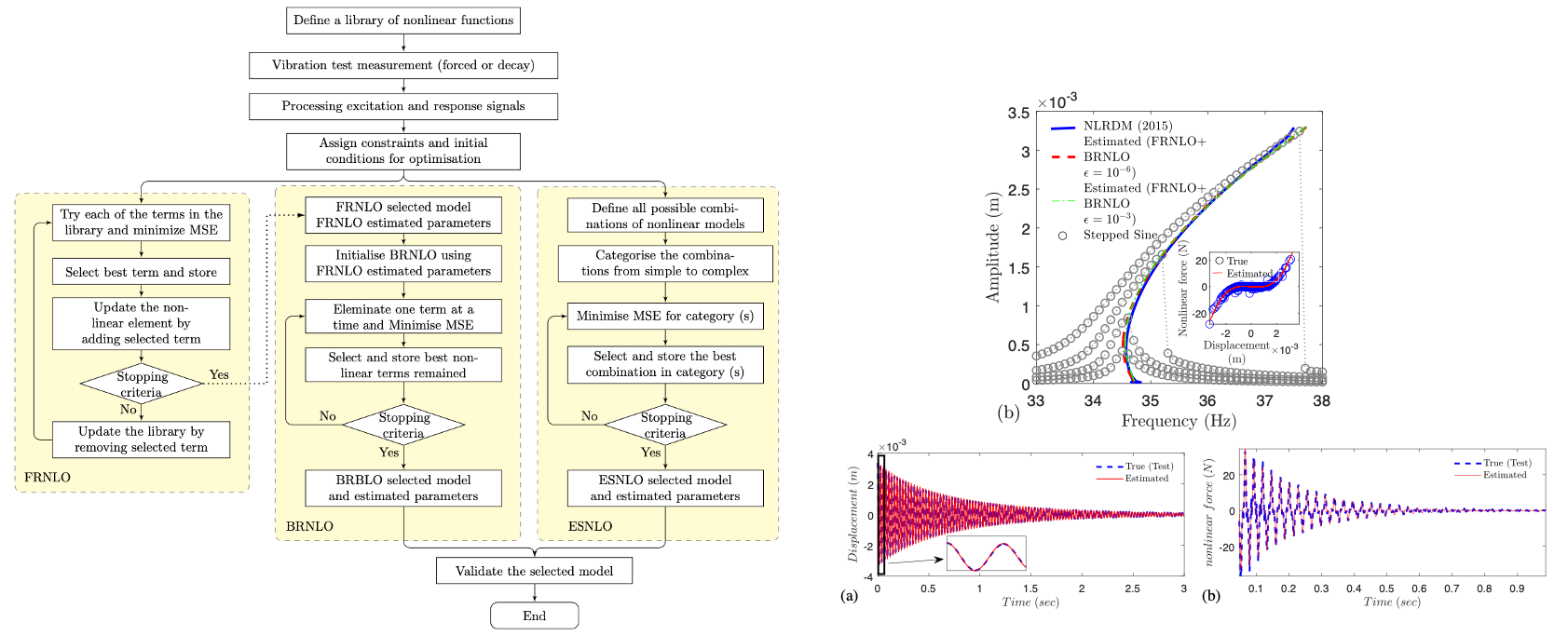
Figure 3. (left) Experimental identification approach via recursive optimization. (right) Harmonic and time-domain forced responses of real system against the prediction of the identified model.
- Joined wing: experimental identification of structures with geometric nonlinearites [AIAA2013].
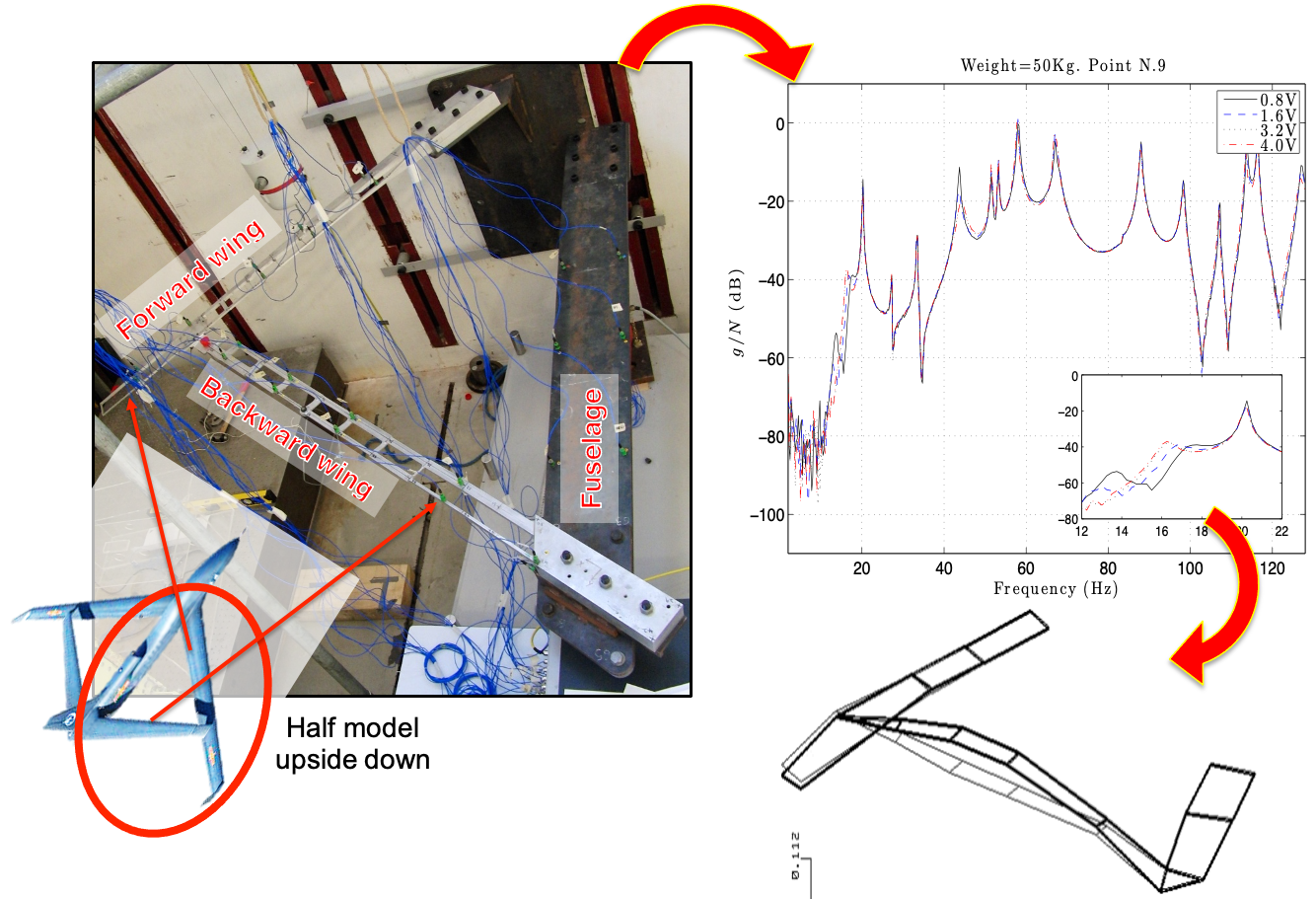 |
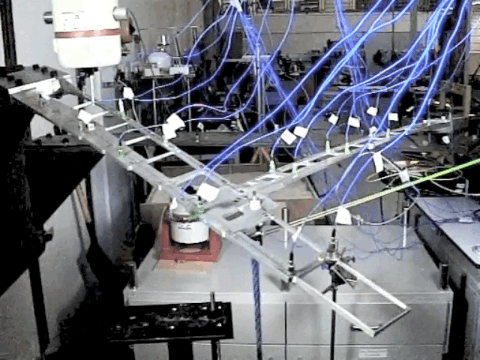 |
Figure 4. (left) Joined wing structure with geometric nonlinearities. (centre) Frequency shift due to nonlinearities and one of the vibration modes affected. (right) Slow motion video of a free decay test
Hybrid testing and nonlinear systems with time delay
- Implementation on delay compensation schemes for actuators in real-time dynamic substructuring (RTDS) testing using a prediction scheme based on adaptive filters [SCHM2011]. 
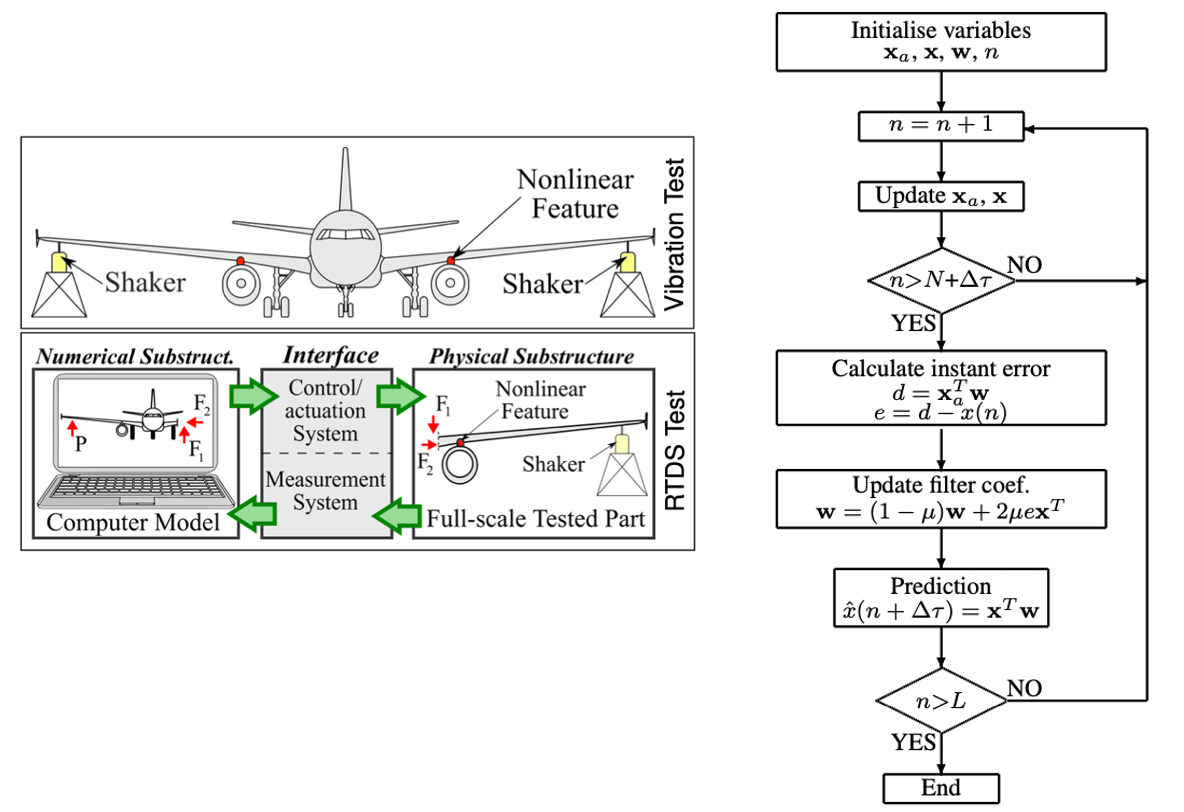
Figure 5. (left) setup of traditional vibration test compared to the equivalent RTDS configuration. (right) Flow diagram of prediction scheme.
- Stability study of delay-induced limit cycles in systems with strong nonlinear response using the qualitative theory of Piecewise Smooth Dynamical Systems [NonlinDyn]

Figure 6. (left) Vector field of the piecewise linear system with switching sets (right) delay-induced limit cycle characterisation.
- Characterisation of delay-induced phenomena triggered during RTDS testing of systems with nonlinear damping and friction [IJBC2018].

Figure 7. Bifurcation diagram considering time delay as the bifurcation parameter for the nonlinear system with hysteretic damping (Dhal model) shown on the right. Parameters: ρ =12, kx = 5.5 · 10−3, kw = {9; 15; 21} x10−3 for blue, green and black markers respectively.
- Use of RTDS to study the dynamic behaviour of buildings fitted with large-scale nonlinear dampers. 
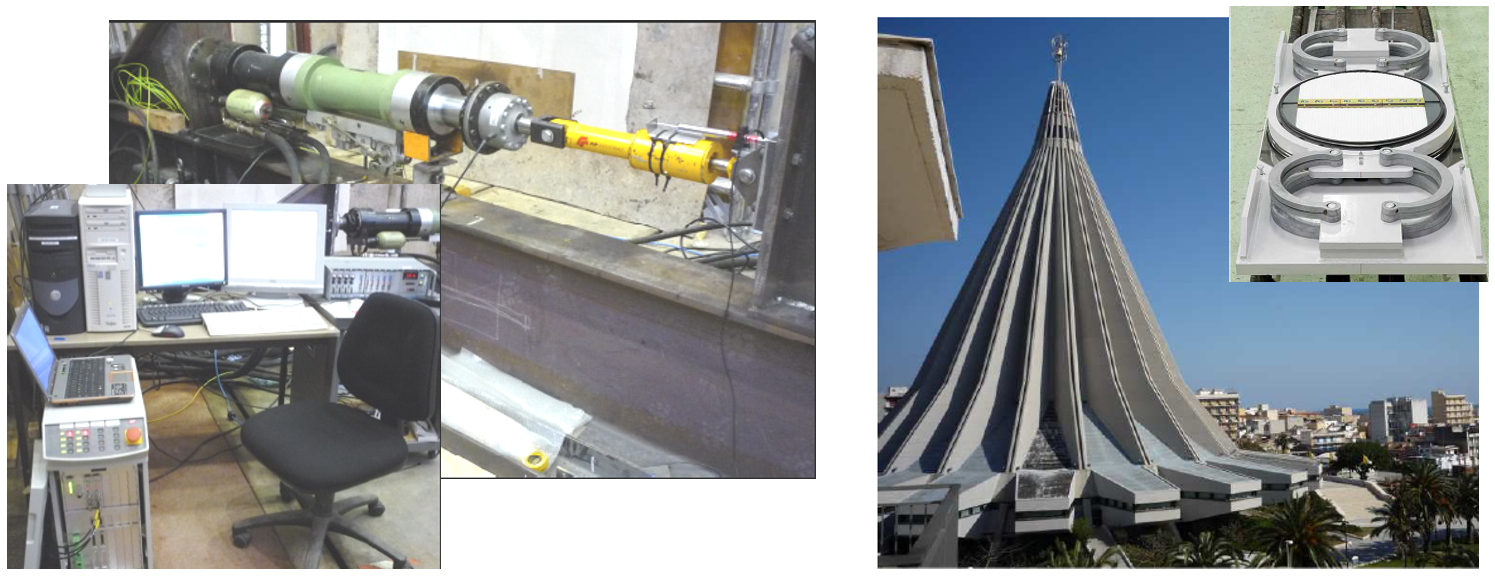
Figure 8. (left) RTDS on nonlinear viscous dampers. (right) An example of nonlinear seismic isolators used in a worship building in Syracuse (IT).
Vibration mitigation and semiactive control
- Novel non-iterative design procedures for passive damping systems aimed at facilitating their implementation among practitioner engineers.
- Design and testing of a damage detection/localisation system in railway bridges based on a network of wireless sensors.
- Use of Machine Learning strategies, in particular Neural Networks and Support Vector Machines, to model the soil dynamic amplification of earthquake waves and Research based design Optimisation.
- Development of novel control schemes for semi-active dampers aimed at reducing seismic loads on buildings.
